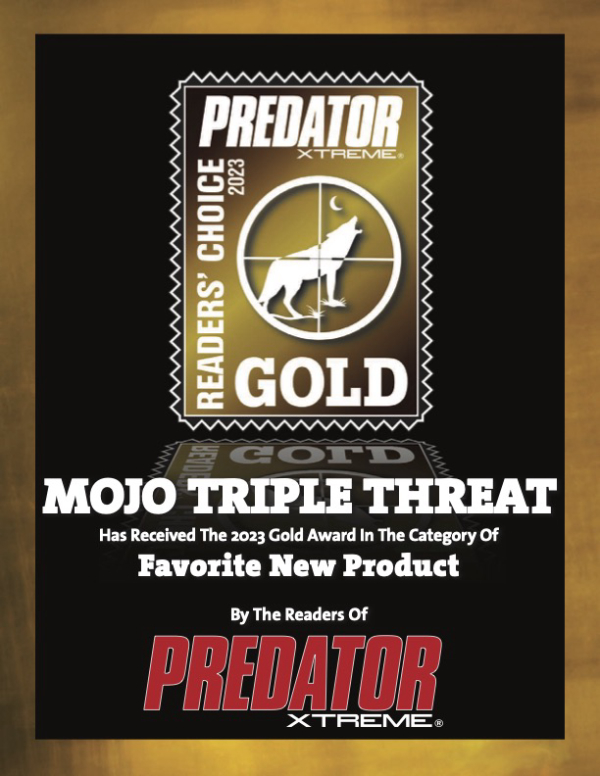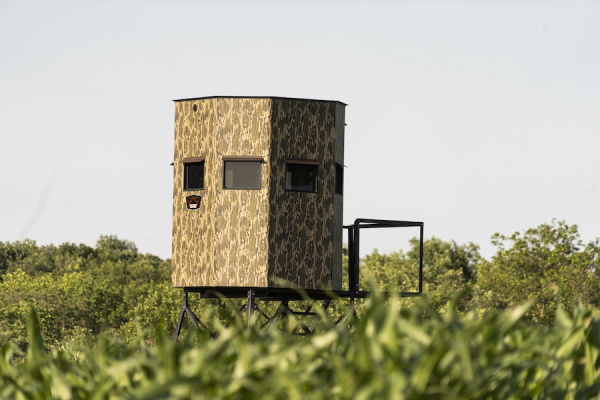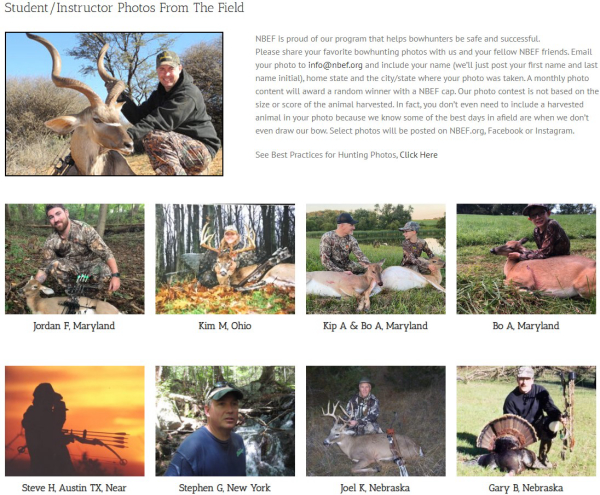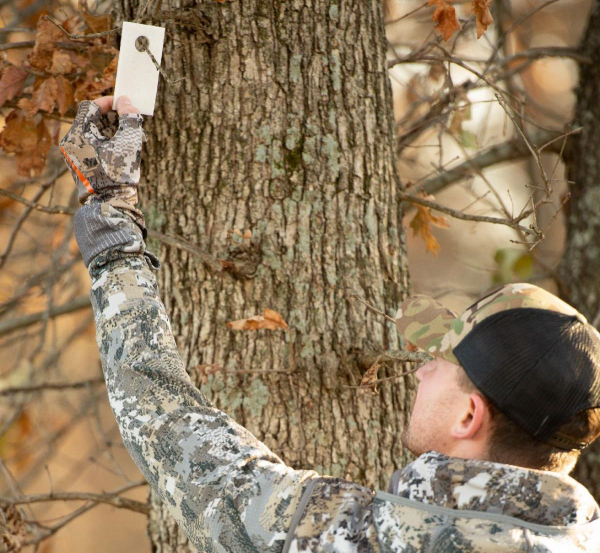Michigan’s early-season elk hunters find success

Hunt period 1 proved to be successful for 72% of early-season elk hunters. The 97 state hunters who took to the field over the 12-day season harvested 29 bull elk and 41 antlerless elk, including four calves. Additionally, one Pure Michigan Hunt winner harvested a bull. The success rate of this season is comparable with previous seasons.
The season began in late August and spanned 12 days throughout September and into early October. The hunting conditions were consistently warm, with temperatures above average during the second and third hunting windows.
The early season is designed to remove elk living outside of the designated elk management area, which is primarily the Pigeon River Country State Forest. The second hunt period will begin Dec. 9 for 160 hunters.
Curious about Michigan elk and elk hunting? Learn more at:












